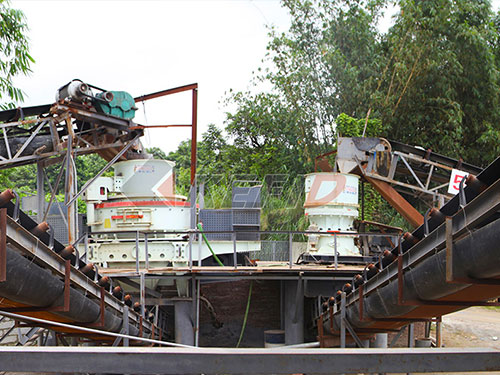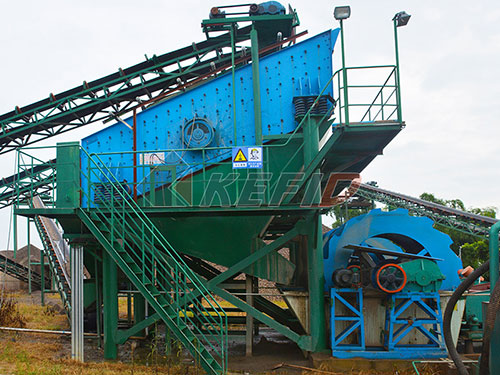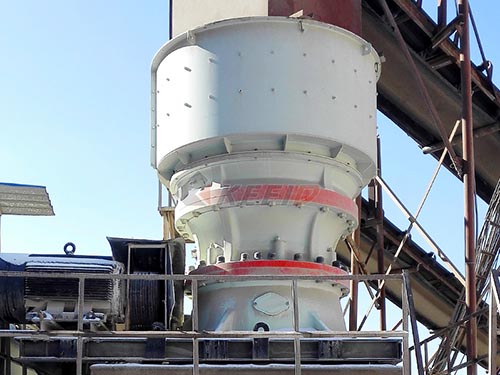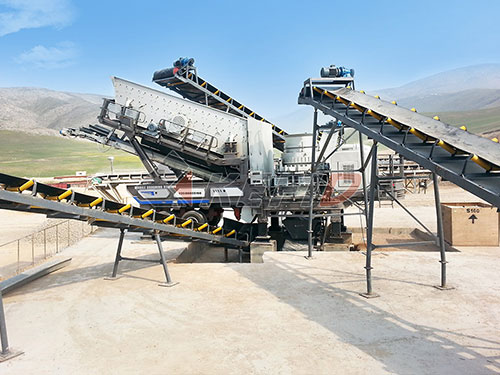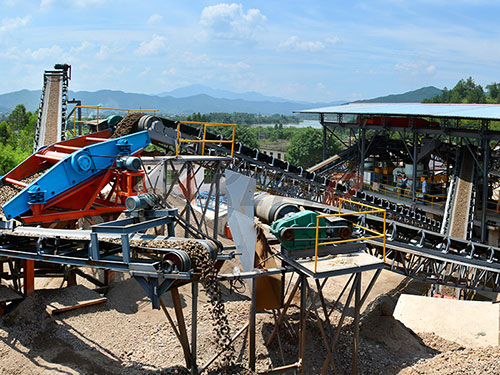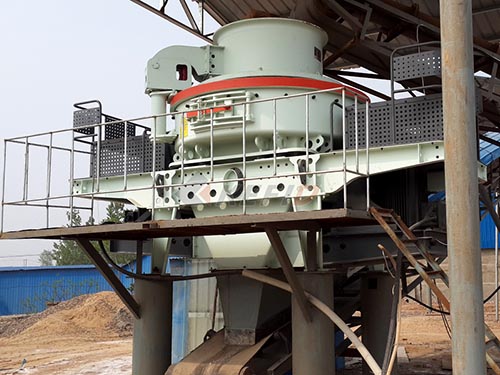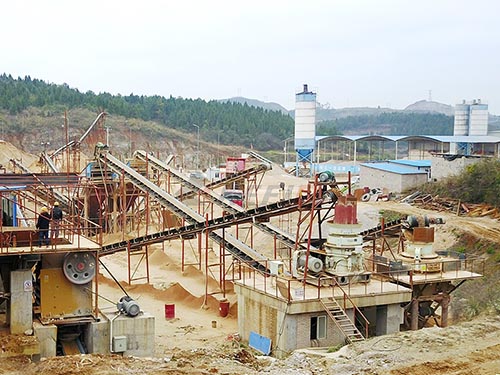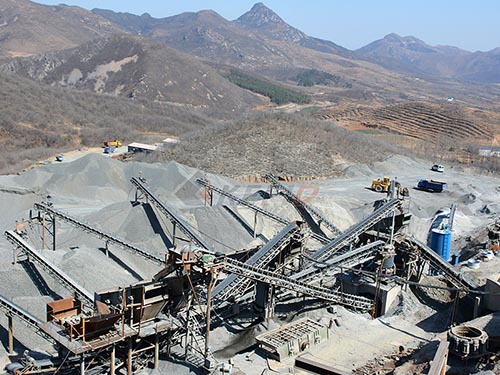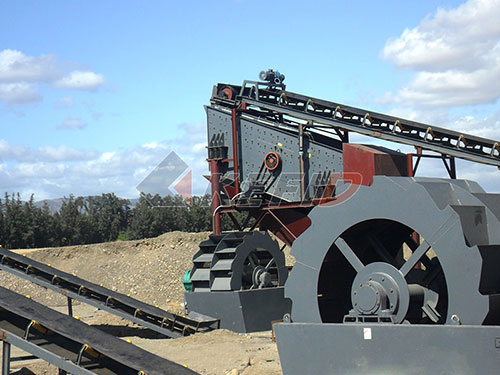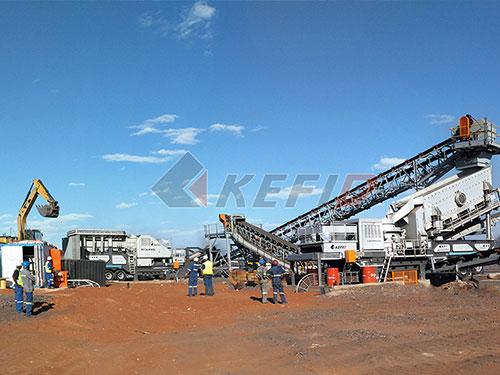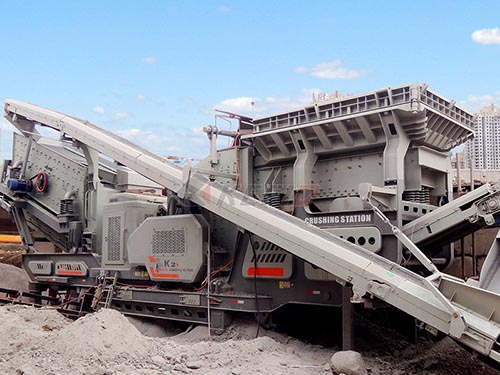Demystifying the Crushing Work Index: A Cornerstone of Comminution Design
Within the complex world of mineral processing and aggregate production, efficiently breaking rock (comminution) represents one of the most energy-intensive and costly stages. Accurately predicting how much energy a specific ore or rock type requires to be reduced in size is paramount for designing efficient crushing circuits and optimizing operations. This is precisely where the Crushing Work Index (CWI) serves as an indispensable tool.
What Exactly is the Crushing Work Index?
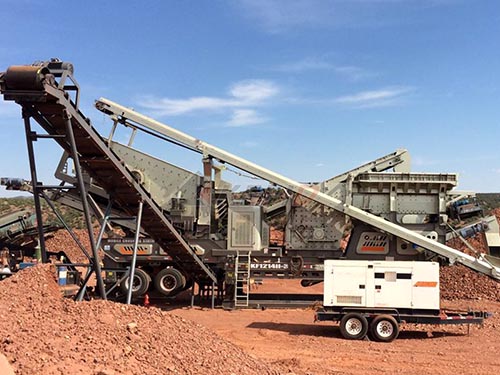
The Crushing Work Index (CWI), often denoted as Wi(C), is a standardized measure of an ore or rock’s resistance to crushing under controlled conditions. It quantifies the specific energy (in kilowatt-hours per tonne – kWh/t) required to reduce a representative sample from a theoretically infinite feed size down to 80% passing 100 microns (0.1 mm). Crucially, it specifically measures the energy needed for crushing mechanisms – impact and compression – distinct from grinding mechanisms measured by indices like the Bond Ball Mill Work Index.
Developed by Fred Chester Bond as part of his broader comminution theory framework, the CWI provides a reproducible benchmark that allows engineers to compare different materials objectively and scale up laboratory results to industrial crushers.
The Methodology: Standardized Testing
Determining the CWI involves a specific laboratory procedure defined by standards like those outlined by Metso Outotec:
1. Sample Preparation: A representative sample of rock/ore is crushed and screened to produce particles passing 19 mm but retained on 12.7 mm (¾ inch x ½ inch).
2. Impact Crushing: Approximately 15 kg of this prepared material undergoes repeated crushing cycles using a specialized pendulum impact tester (like the Bond Impact Test Machine). The sample is impacted multiple times until equilibrium conditions are reached – meaning further impacts don’t produce significant additional fines.
3. Screening & Analysis: After each set of impacts, the crushed product is screened at 1/8 inch mesh (approximately 3.35 mm). The undersize fraction (-3.35 mm) is weighed.
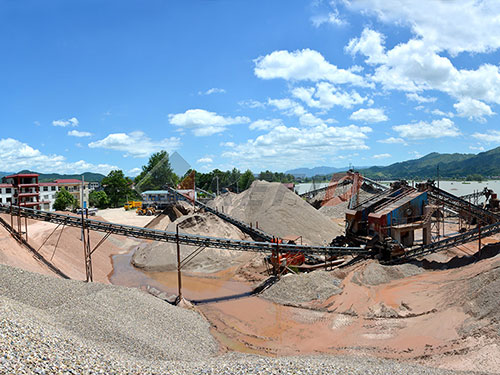
4. Calculating New Surface: Using screen analysis data from both feed and product after each crushing cycle, the amount of new surface area generated per unit mass (cm²/g) due to crushing is calculated.
5. Determining Wi(C): The CWI value itself isn’t directly measured but derived through calculations based on:
The


